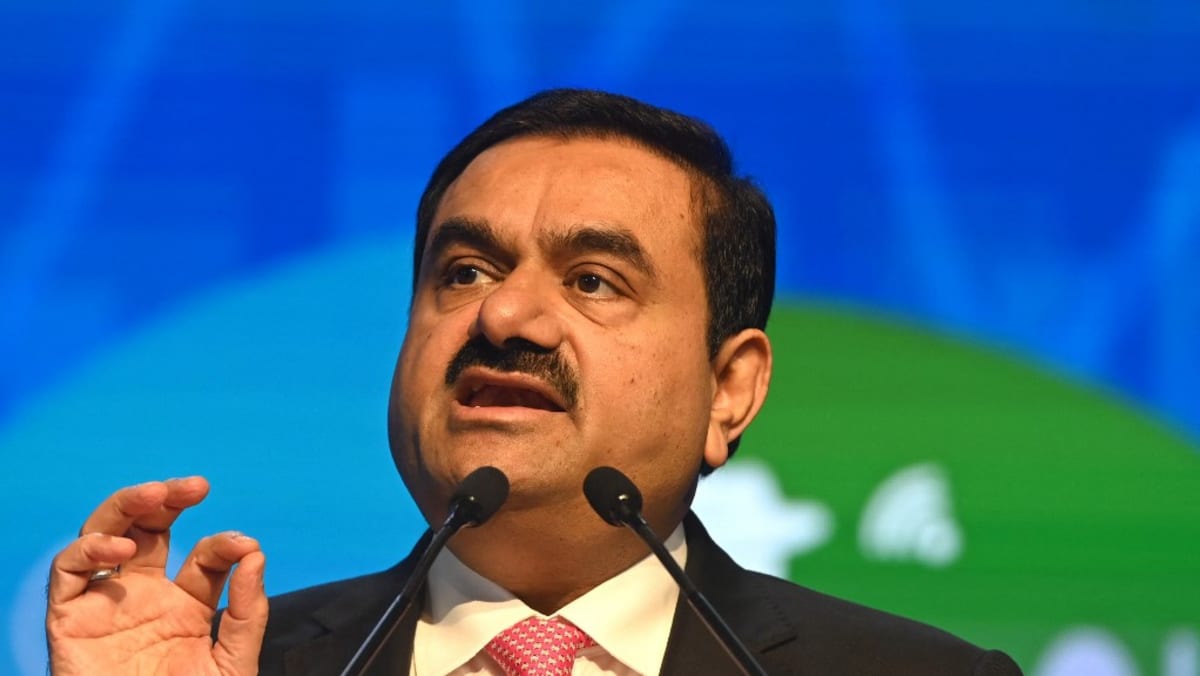Commentary: India landed a spacecraft on the moon, but where are its corporate moonshots?

Put a capability like that under a computer software tsar in Bengaluru, and you’ll get a flourishing outsourced service. But that’s all you will get.
“Technology can and must be the great amplifier of our human potential, our humanity,” Vishal Sikka, the chief executive of Infosys, wrote in the software exporter’s 2015-16 annual report. The former SAP computer scientist, a co-author of a natural language processing patent, was talking about a small donation to a nonprofit lab in San Francisco.
By the time OpenAI went commercial in 2019 – and Microsoft invested US$1 billion in the ChatGPT maker – Sikka was no longer around at the Indian company to write another cheque. Infosys may make plenty of money by helping its global clients run other people’s large language models. But will it ever have another chance to own a foundational technology?
Capital is no longer a constraint, at least for large Indian companies. And yet they haven’t quite flexed their muscles.
Tycoon Mukesh Ambani’s Reliance Industries spent US$363 million on R&D last financial year. This was 15 per cent more than the previous year, but still only 0.3 per cent of revenue.
Among other things, the telecom-to-petrochemicals firm is trying to come up with in-house technologies for carbon capture, so that its gigantic refinery could go from dirty “grey” hydrogen to less-polluting “blue” H2. That’s just scratching the surface of the experimentation India – and the world – will need in low-carbon molecules.
Source: CNA















